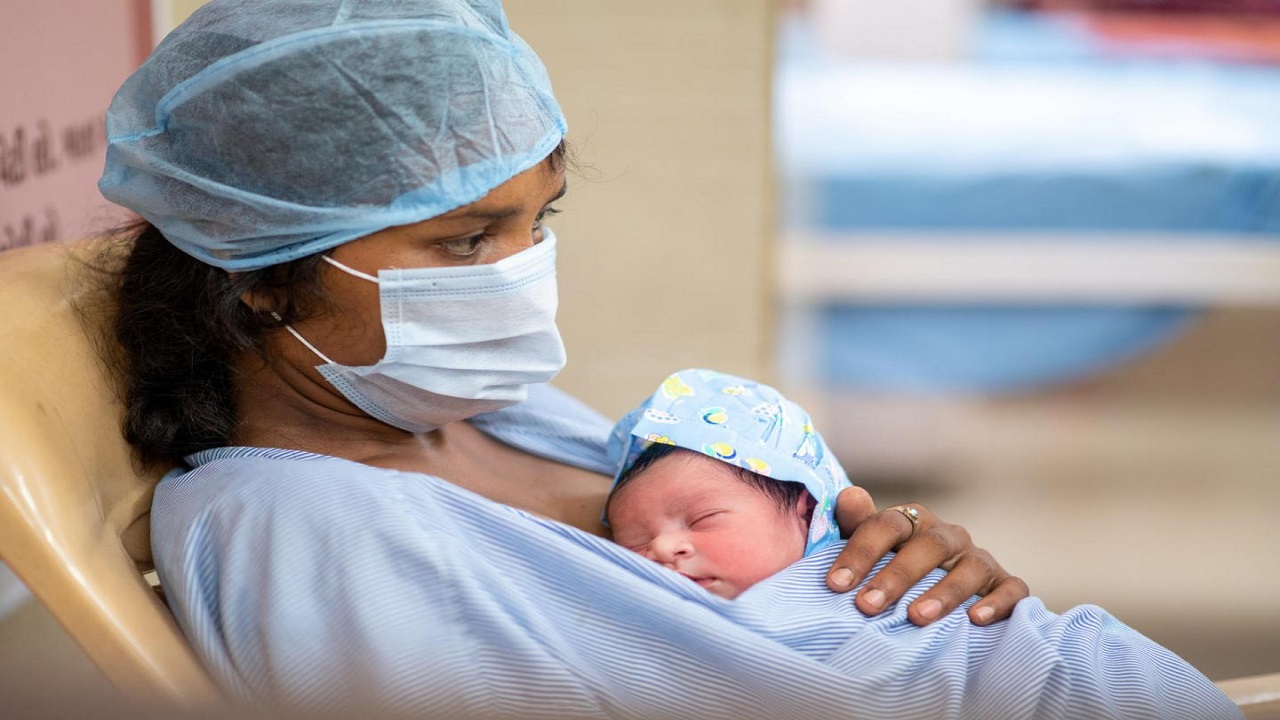Maternal Mortality in India: Progress & Challenges
Context:
Maternal Mortality is a key indicator of public health. India’s Maternal Mortality Ratio (MMR) is declining steadily, but significant regional disparities and systemic challenges remain—especially in the EAG states. Achieving SDG 3.1 (MMR < 70 by 2030) requires targeted interventions.
Definition:
-
Maternal Death (WHO): Death of a woman during pregnancy or within 42 days of its end, due to causes related to pregnancy, excluding accidental causes.
-
MMR: Number of maternal deaths per 1,00,000 live births.
MMR Trends in India:
-
National MMR:
-
103 (2017–19)
-
97 (2018–20)
-
93 (2019–21)
-
-
Highest MMR (EAG States):
-
Madhya Pradesh – 175, Assam – 167, Uttar Pradesh – 151
-
-
Lowest MMR (Southern States):
-
Kerala – 20, Andhra Pradesh – 45, Tamil Nadu – 49
-
-
Other States:
-
Maharashtra – 38, Gujarat – 53, Punjab – 98
-
Major Causes of Maternal Deaths:
-
Postpartum Hemorrhage (PPH)
-
Obstructed labor due to anemia/malnutrition
-
Hypertensive disorders (eclampsia)
-
Sepsis from unsafe home deliveries
-
Unsafe abortions
-
Infections and co-morbidities like malaria, TB
Government Initiatives:
-
Janani Suraksha Yojana (JSY): Promotes institutional deliveries
-
PM Matru Vandana Yojana (PMMVY): Financial support for mothers
-
Surakshit Matritva Abhiyan (PMSMA): Free monthly check-ups
-
108 Ambulance Services: Emergency transport
-
NHM: Focus on maternal and child health
-
ASHA/ANM Workers: Awareness and care linkage
Kerala Model (Best Practice):
-
Introduced by Dr. V.P. Paily
-
Uses confidential reviews, modern tools like uterine clamps, and manages rare complications
-
Addresses mental health
-
Kerala’s MMR is only 20, lowest in India
Key Challenges:
-
Regional inequality, especially in EAG states
-
Lack of specialists, blood banks, emergency services
-
Social issues: poverty, early marriage, poor nutrition
-
Three delays: in seeking, reaching, and receiving care
Way Forward:
-
State-specific strategies based on local needs
-
Strengthen First Referral Units (FRUs)
-
Replicate Kerala model in high-burden states
-
Focus on nutrition, awareness, and quality care
Conclusion:
India is progressing, but achieving SDG 3.1 requires targeted, inclusive, and well-coordinated healthcare reforms with focus on high-risk regions.




Comments (0)